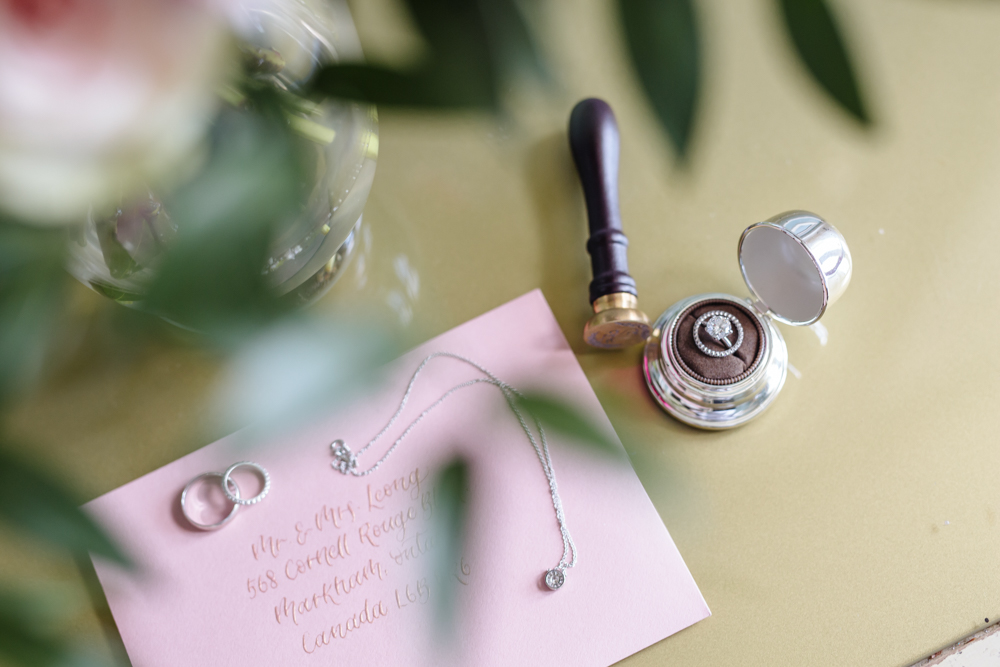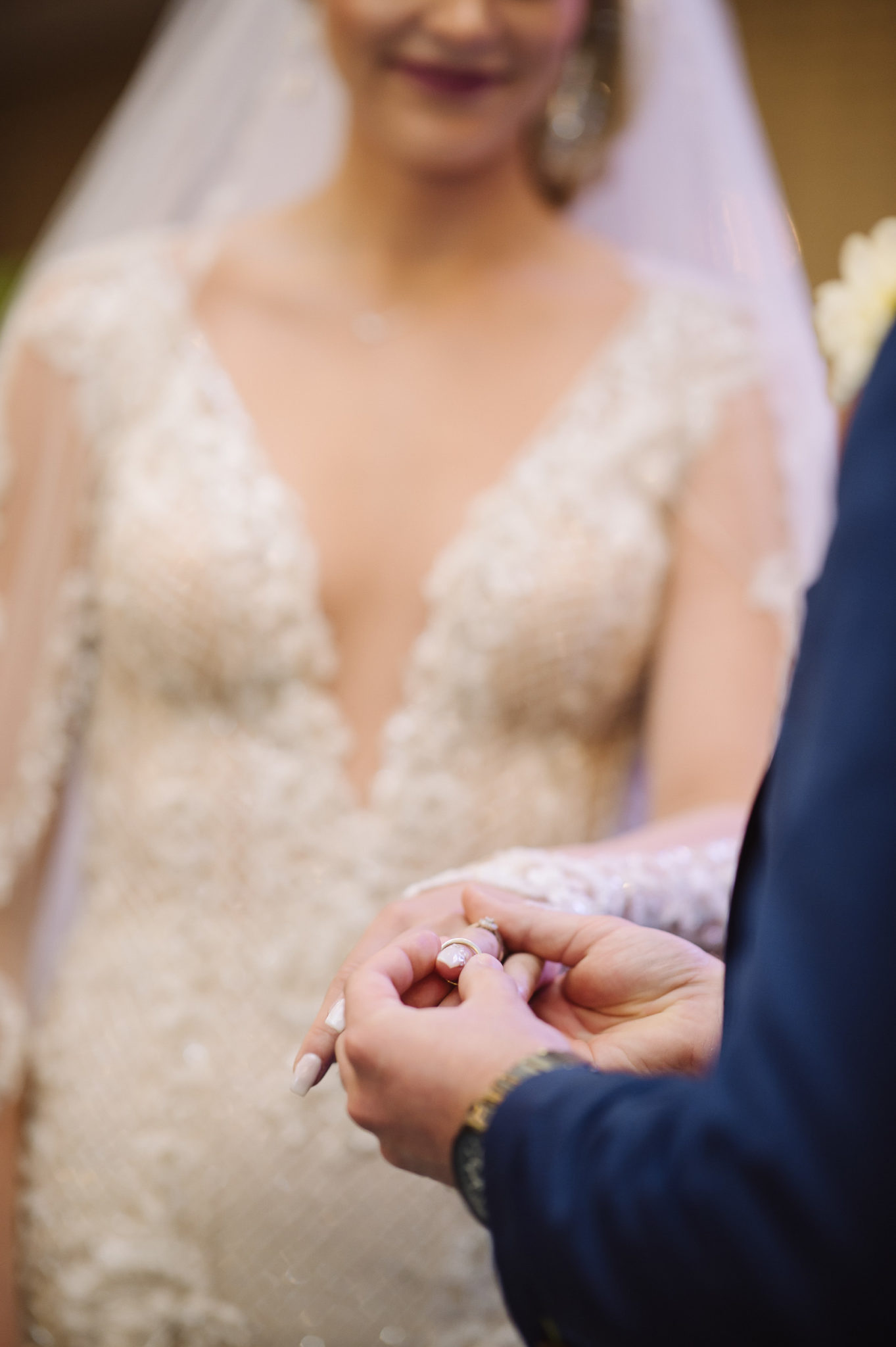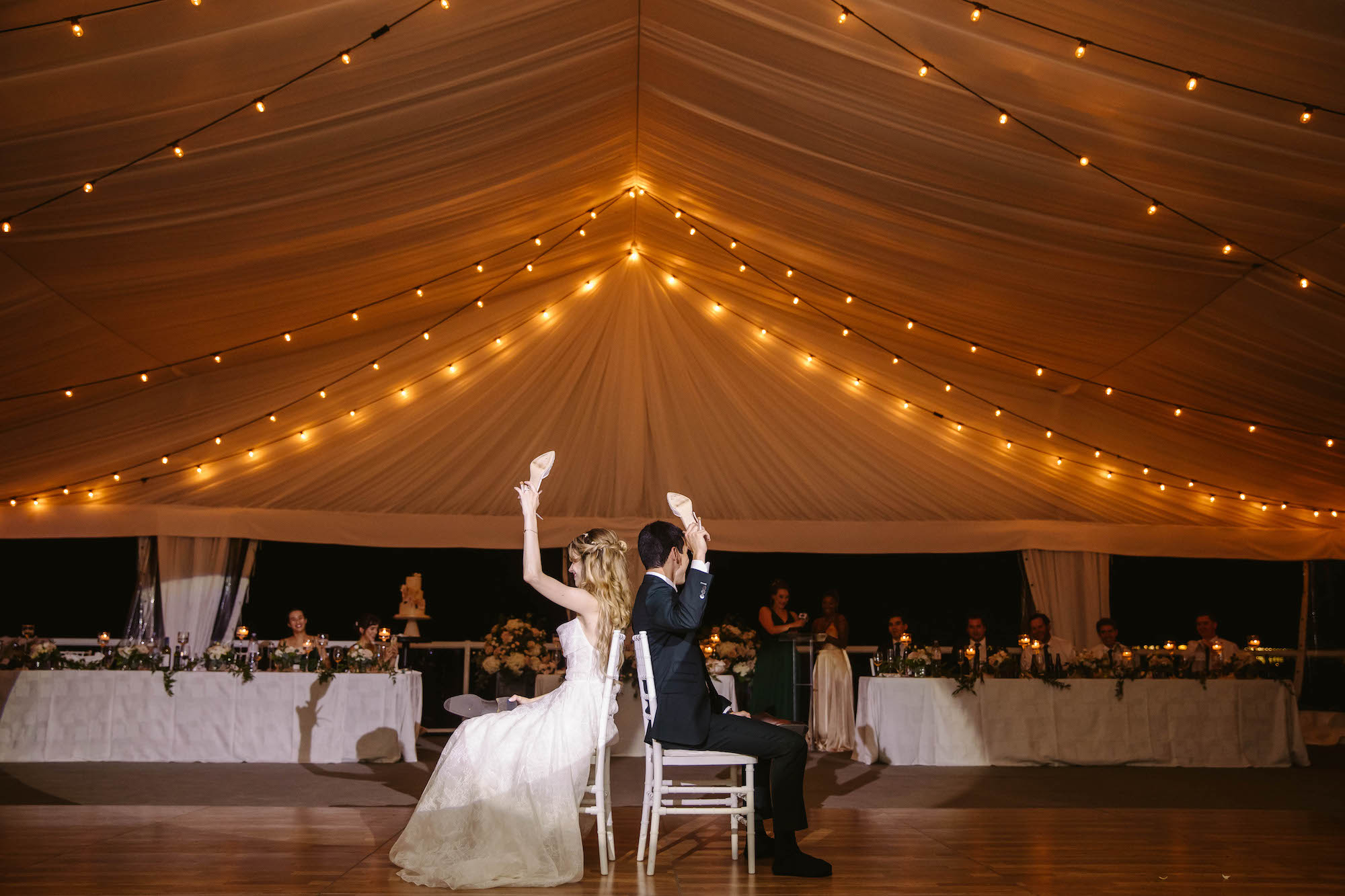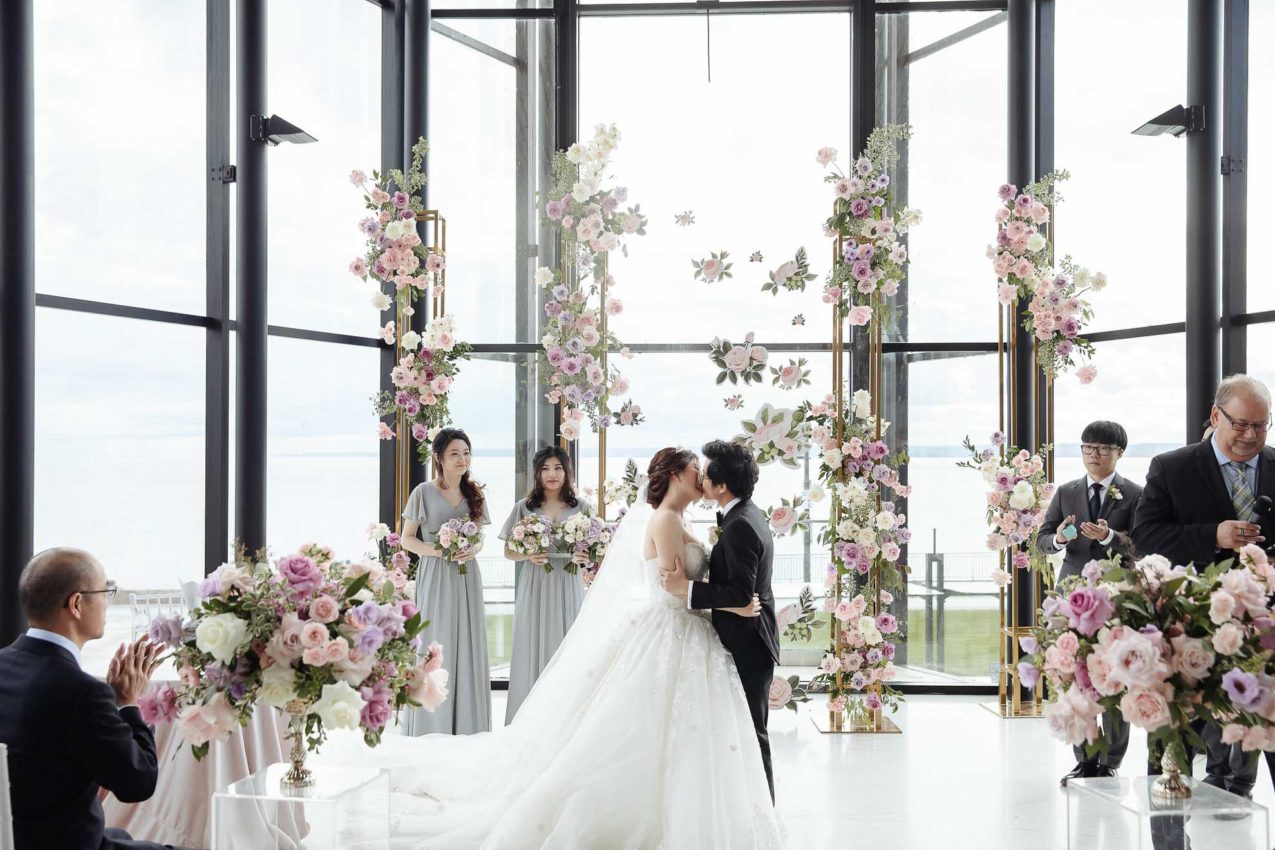If you’ve been with your partner for a while, chances are someone has asked you “when are you tying the knot?” This common phrase, synonymous with getting married, has deep historical roots, but where exactly did it come from, and what does it symbolize in weddings today? Our wedding photographers break down everything you need to know about this phrase and the wedding traditions behind it.
Historical Origins
The expression “tying the knot” traces back to ancient customs found in multiple cultures, with prominent origins in Celtic and Hindu traditions.
Celtic Customs:
In Celtic regions, such as Ireland and Scotland, ‘tying the knot’ originated from the handfasting ceremony. This ancient practice, which predates even the medieval times, involved physically tying knots of cloth or rope around the couple’s clasped hands. This act was a literal and symbolic binding of their lives in matrimony, performed in the absence of a formal clergy.
Hindu Traditions:
Similarly, in Hindu weddings, the ritual known as ‘hastmelap’—a Sanskrit term that translates to “the joining of hands”—involves tying the bride and groom’s garments together. During this ceremony, conducted in the presence of a sacred fire (Agni), the couple’s joined hands are wrapped with a scarf or a ceremonial cord, symbolizing their union and commitment.

Symbolic Meaning
Across both cultures, the act of tying a knot symbolizes the inseparable union of the couple. It represents a physical manifestation of two individuals joining together to form a single, united entity. This symbolism of binding together is so powerful that it has transcended time and geography to become a universal metaphor for marriage.
Modern-Day Usage
While the actual practice of binding a couple’s hands is less common in Western weddings today, the phrase “tying the knot” remains widely used as a metaphor for entering into marriage. In some contemporary ceremonies, especially those that include a blend of cultural traditions or a nod to heritage, handfasting has seen a resurgence as couples seek to incorporate meaningful rituals into their weddings.
In Hindu weddings, the hastmelap remains a central part of the marriage ceremony, often accompanied by other vibrant and symbolic traditions that highlight the importance of union and shared commitment.
Incorporating Tradition Today
For couples interested in incorporating these meaningful traditions into their modern weddings, consider discussing options with your officiant or wedding planner. Whether it’s a simple handfasting with ribbons that match your wedding colors or a customized ritual that blends different cultural elements, these traditions can add depth and personalization to your ceremony.
Conclusion
Understanding the origins and meanings behind “tying the knot” enriches the appreciation of this phrase and can bring added significance to your own wedding ceremony. Whether you choose to incorporate a traditional handfasting or simply use the phrase to express your joy, the sentiment of unity and commitment remains strong.
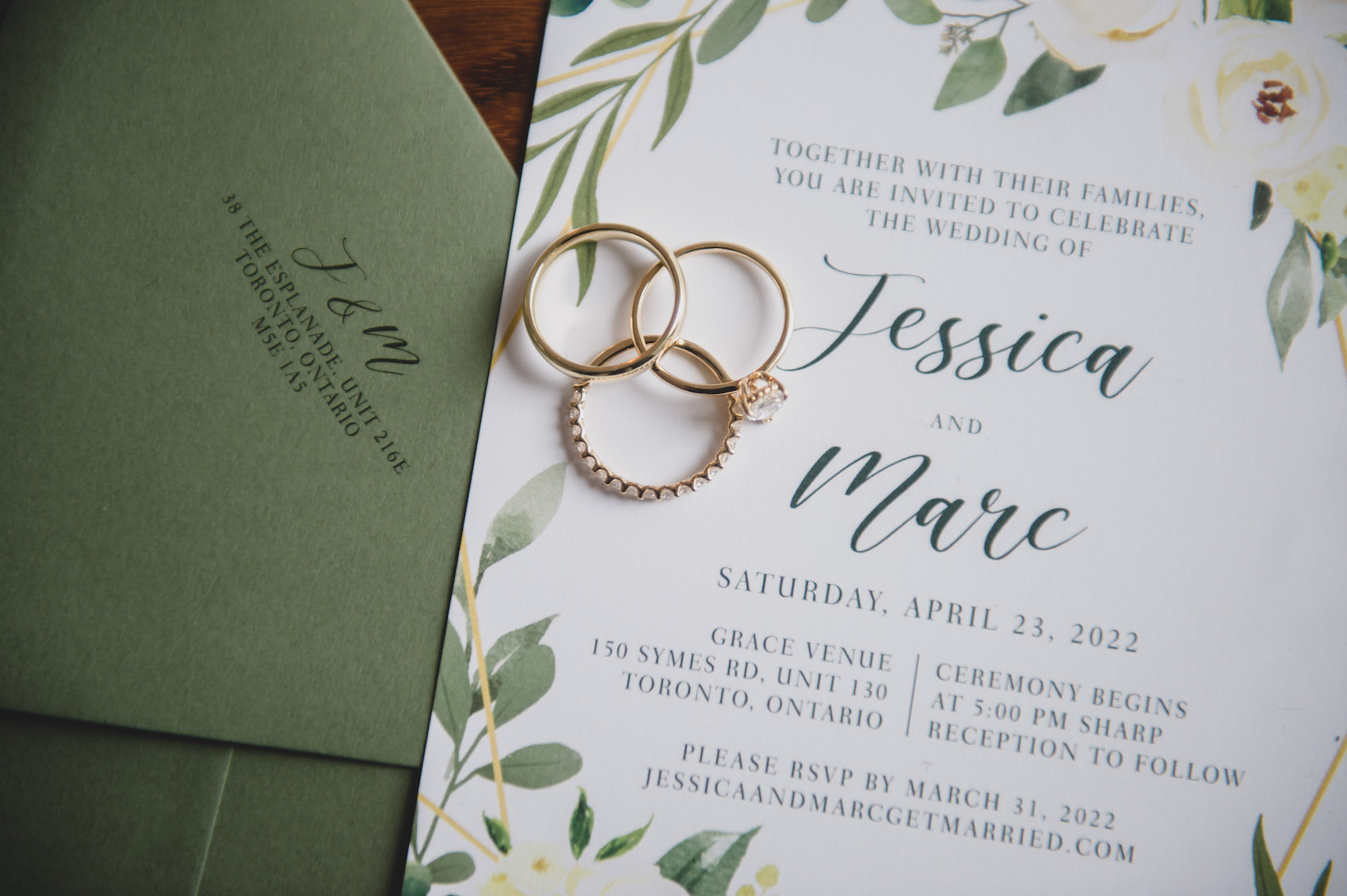
Looking for a photographer or videographer to capture your unique ceremony in Toronto?
Contact AGI Studio – our team of experienced photographers and videographers are eager to document every detail of your special day, whether you’re tying literal knots or simply joining hearts.

